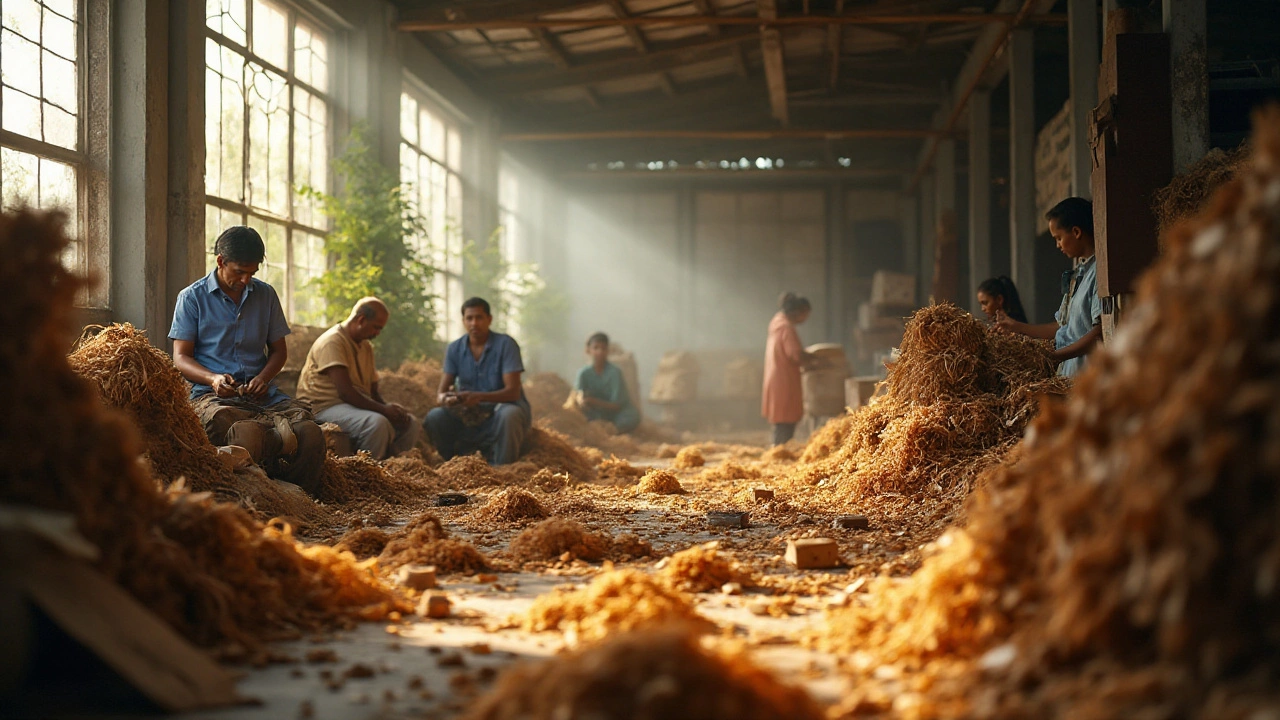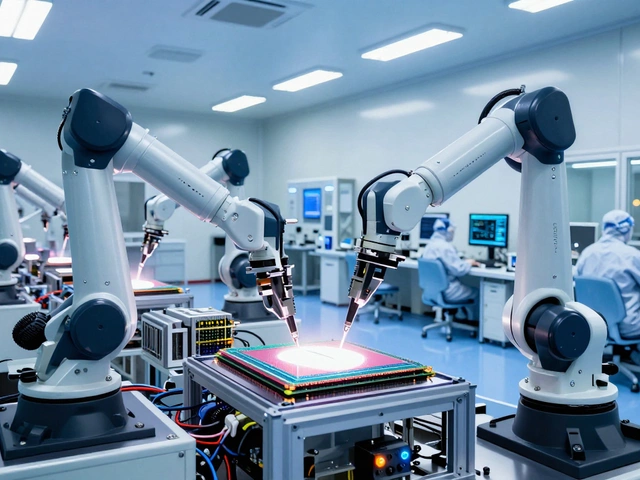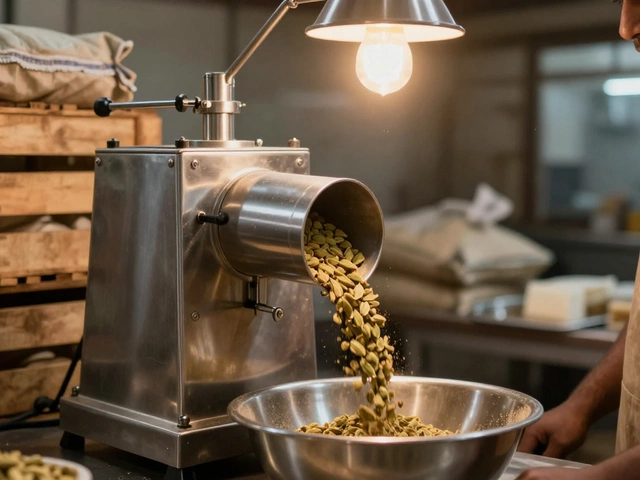Manufacturing Opportunities in India – What’s Hot in 2025
If you’re looking for a business that can grow fast, manufacturing is still a top pick. India’s market is buzzing with new demand, government support, and lower costs than many other countries. Below you’ll find the sectors that are pulling in the most attention right now and a simple roadmap to get your plant off the ground.
Top Sectors to Watch
**Pharma hubs** – Baddi, Hyderabad and Gujarat are leading the way. Baddi has the biggest manufacturing capacity, Hyderabad excels in APIs and vaccines, while Gujarat dominates exports. Choosing the right hub can give you instant access to supply chains and skilled labor.
**Furniture manufacturing** – With urban housing on the rise, Indian furniture makers are set for a boom in 2025. Buyers want smart, sustainable designs, and the government is pushing tech adoption to speed up production.
**Synthetic textiles** – India’s synthetic textile industry is huge, and a single player now leads the market. Getting into this space means you can tap into global fashion brands that need reliable, cost‑effective fabrics.
**Food processing units** – Turning raw crops into packaged goods is becoming more profitable thanks to stricter safety standards and growing consumer demand for ready‑to‑eat products.
**Low‑competition niches** – Sectors like specialty chemicals (watch out for banned substances), niche automotive parts, and eco‑friendly packaging have fewer players but strong growth potential.
**High‑demand product ideas** – Items like reusable water bottles, eco‑friendly home décor, and affordable medical devices are topping demand charts for 2025. Building a small line around one of these can give you a quick market entry.
How to Get Started Fast
1. Pick a product you understand. Look at your own background or a market gap you’ve noticed. The 5 M’s of manufacturing – Man, Machine, Material, Method, Measurement – can help you evaluate if you have the right resources.
2. Check the licenses. Small scale industries need specific state approvals, environmental clearances, and sometimes a Make in India registration. A quick chat with the local industrial office can save months of paperwork.
3. Map out costs. For a modest plant, you’ll need capital for land, machines, raw material, and workforce. Recent guides show a 2025 starter budget ranging from INR 10 lakh to INR 50 lakh depending on the sector.
4. Find the right location. Proximity to raw material sources, logistics hubs, and skilled labor pools matters. Pharma, for example, thrives near research institutes; furniture makers benefit from being close to timber zones.
5. Partner with a supplier. Secure a reliable source for key inputs early on. In the textile world, a single yarn supplier can affect your whole production line.
6. Start small, scale fast. Launch a pilot batch, gather feedback, then invest in larger machines. This approach keeps risk low while you prove market demand.
7. Leverage government schemes. From tax breaks to subsidised electricity, India offers many incentives for manufacturers who adopt green tech or create jobs in Tier‑2 cities.
Following these steps can turn a good idea into a thriving manufacturing unit. Remember, the biggest mistake new entrepreneurs make is skipping the research phase – know your market, know your costs, and you’ll avoid costly dead‑ends.
Ready to jump in? Pick a sector from the list above, run a quick feasibility check, and start lining up the paperwork. The manufacturing landscape in India is open, and the next big success story could be yours.
Future Trends in Small Scale Manufacturing: Booming Industries of 2024
2024 is set to be a transformative year for small scale manufacturing, with several industries poised for significant growth. Rising consumer interest in sustainable products and technological advancements are driving key sectors such as eco-friendly packaging and 3D printing. Entrepreneurs should seize these opportunities by staying informed and adaptable. Strategic entry into these growing industries could lead to substantial success and innovation in the manufacturing landscape.
Read More




